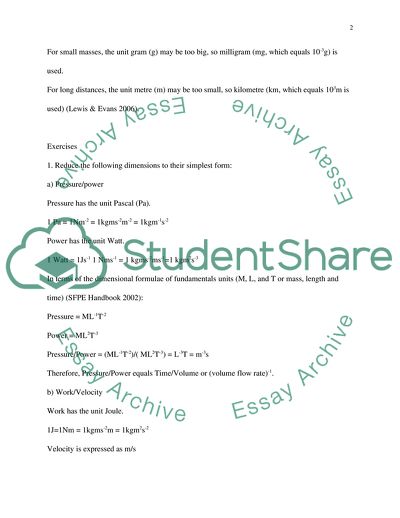Cite this document
(Introduction to Combustion and Fire Assignment Example | Topics and Well Written Essays - 5000 words, n.d.)
Introduction to Combustion and Fire Assignment Example | Topics and Well Written Essays - 5000 words. https://studentshare.org/chemistry/1726663-introduction-to-combustion-and-fire
Introduction to Combustion and Fire Assignment Example | Topics and Well Written Essays - 5000 words. https://studentshare.org/chemistry/1726663-introduction-to-combustion-and-fire
(Introduction to Combustion and Fire Assignment Example | Topics and Well Written Essays - 5000 Words)
Introduction to Combustion and Fire Assignment Example | Topics and Well Written Essays - 5000 Words. https://studentshare.org/chemistry/1726663-introduction-to-combustion-and-fire.
Introduction to Combustion and Fire Assignment Example | Topics and Well Written Essays - 5000 Words. https://studentshare.org/chemistry/1726663-introduction-to-combustion-and-fire.
“Introduction to Combustion and Fire Assignment Example | Topics and Well Written Essays - 5000 Words”. https://studentshare.org/chemistry/1726663-introduction-to-combustion-and-fire.


